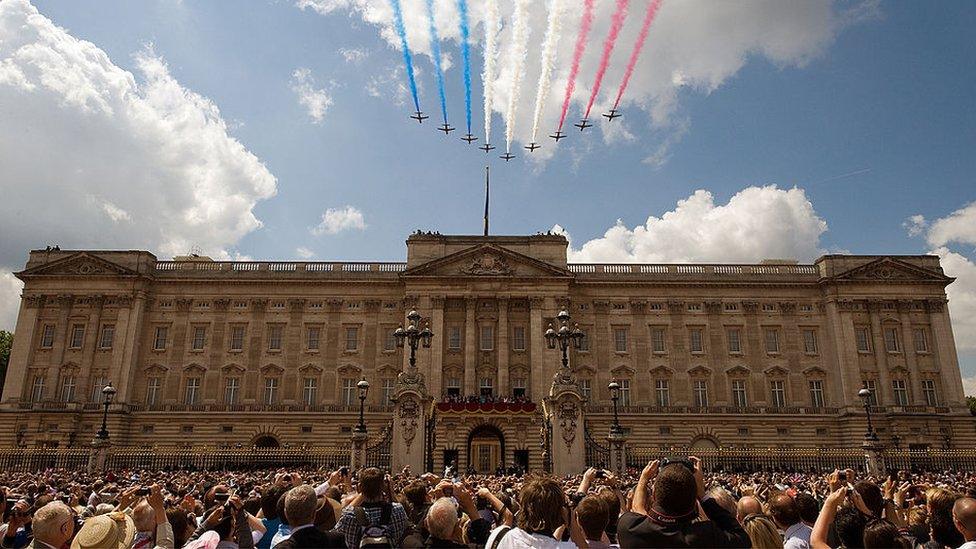Harry and Meghan's home renovations cost £2.4m in taxpayer funds
- Published
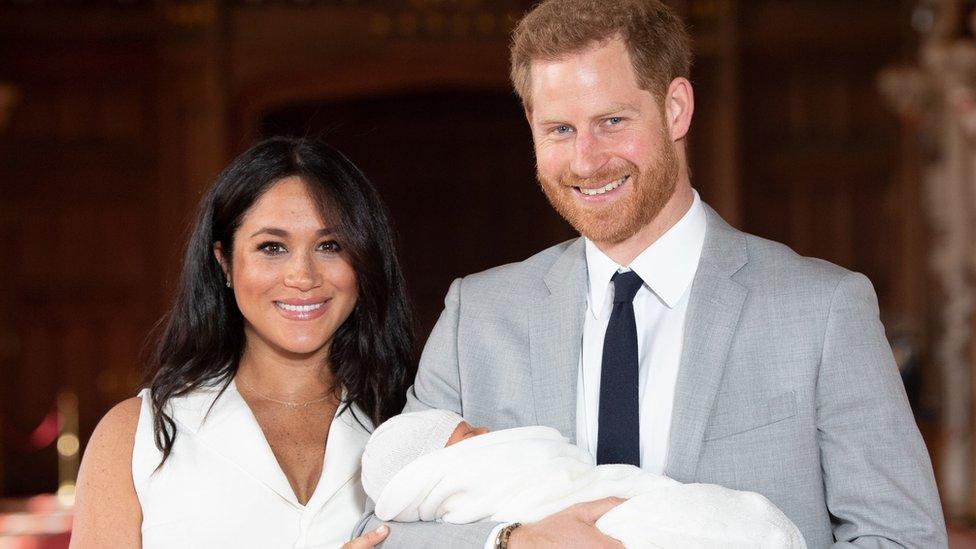
The Duke and Duchess of Sussex's home was renovated with £2.4m of taxpayer-funded costs, royal accounts show.
Frogmore Cottage in Windsor was turned into a single property for Prince Harry and Meghan, from five separate homes.
The couple, who moved from Kensington Palace in April before the birth of their son Archie, paid for fittings.
The Queen's Sovereign Grant from the Treasury was £82m in 2018-19, with £33m set aside for maintenance, including major work on Buckingham Palace.
The Sovereign Grant is funded by profits from the Crown Estate., external
The estate is the Royal Family's commercial property arm and owns land and buildings in prime central London locations and across the UK. It is managed by an independent organisation, with any profit paid to the Treasury for the benefit of all UK taxpayers.
Separate accounts show the Crown Estate provided a record £343.5m to the Treasury in 2018-19, up 4.3% on last year.
'Our responsibility'
The royal accounts, external said the renovation of Frogmore Cottage was paid out of the Sovereign Grant and involved the "reconfiguration and full refurbishment of five residential units in poor condition to create the official residence for the Duke and Duchess of Sussex".
The 19th Century, Grade II-listed, property was given to them by the Queen.
It sits in the grounds of royal residence Frogmore House, where Prince Harry and Meghan held their wedding reception in May 2018.
Defective wooden ceiling beams and floor joists were replaced and inefficient heating systems updated. The house also required extensive rewiring - including an electrical sub-station - and the installation of gas and water mains.
The refurbishment took about six months although some areas are yet to be completed, such as repainting the exterior.
Sir Michael Stevens, Keeper of the Privy Purse, said: "The property had not been the subject of work for some years and had already been earmarked for renovation in line with our responsibility to maintain the condition of the occupied royal palaces estate."
The Duke and Duchess of Cambridge also carried out renovations before moving into their Kensington Palace home in 2013, spending more than £4m on converting offices into an apartment.

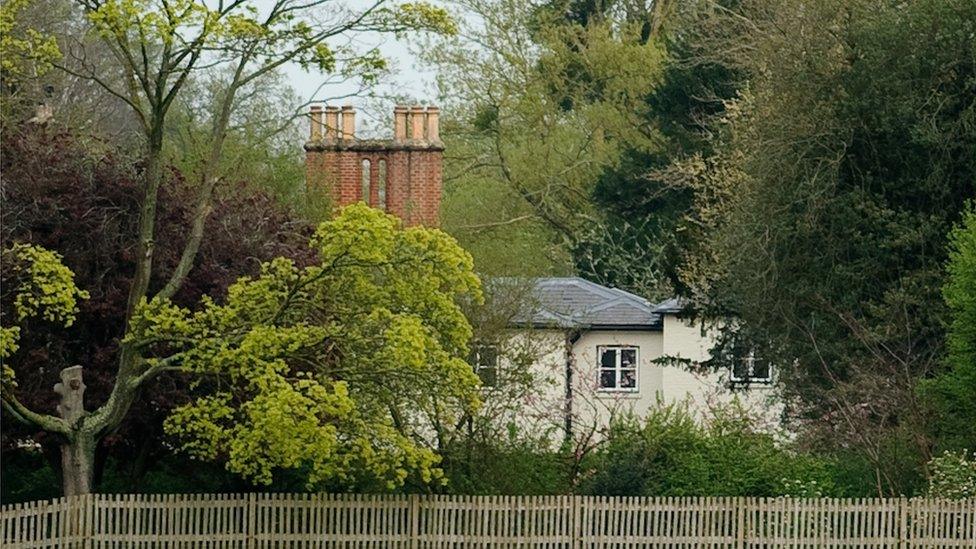
The Duke and Duchess of Sussex moved to Frogmore Cottage in April

Taxpayer-funded spending on the royals has been a sensitive topic for decades.
That's why Palace officials went out of their way to explain how much had to be done to Frogmore Cottage, and how anything over basic fixtures and fittings would be paid for by the couple themselves.
The Sovereign Grant is to cover the cost of official duties and for the upkeep of royal palaces.
However, some will ask, why did the couple have to move out of Kensington Palace?
And why, if they felt that strongly about it, didn't they pay for the refurbishment of the house in Windsor themselves?

The Royal Family's "core" sovereign grant is based on 15% of the net surplus of the Crown Estate, and allocated two years in arrears.
From 2017-18, the total grant was increased to 25% of the surplus for a 10-year period - with the extra funding intended to meet the £369m costs of refurbishing Buckingham Palace.
Excluding money transferred to reserves for future building work at the palace, the Queen's official expenses last year were £67m, a 41% year-on-year increase, the figures show., external
A large amount of the rise was due to the ongoing renovation at Buckingham Palace, and work on the other occupied royal residences.
The campaign group Republic questioned why money had been spent on Frogmore Cottage at a time while public services were under financial pressure.
Graham Smith, from Republic, called for a parliamentary inquiry into royal spending, adding: "The general funds of the Treasury should not be spent on individual members of the royal family at all - even if we had all the money to spend on public services it should not be happening."

What is the Crown Estate?
An independent commercial property business and one of the largest property portfolios in the UK
The majority of assets are in London, but the estate also owns property in Scotland, Wales and Northern Ireland
Holdings include Windsor Great Park and Ascot racecourse, but most of the portfolio is made up of residential property, commercial offices, shops, businesses and retail parks
Managed by an independent organisation, with any profit paid to the Treasury for the benefit of all UK taxpayers
Dates back from the time of the Norman Conquest
Has been managed on behalf of the government since 1760 when George III handed over its running in return for an annual payment
Funds the Sovereign Grant which supports the official duties of the Queen and maintains the occupied royal palaces

The royal accounts show the cost of the Prince of Wales and the Duchess of Cornwall's official travel by air and rail funded by the Sovereign Grant rose by almost a third last year to £1.3m, as the couple took on more royal duties from the Queen.
The report said there was a 98% increase in carbon emissions from flights used on official royal visits overseas in 2018-19 - going up to 3,344 tonnes of CO2 from 1,687.
Buckingham Palace said the rise was "due to higher usage of chartered large fixed wing aircraft for foreign business travel", adding there was five such overseas visits in 2018-19 compared to one the previous year.
The trips are decided by the Foreign Office.
The accounts also reveal the Duke of Edinburgh maintains an office with a private secretary and receives £359,000 annuity from the Treasury. Despite retiring from public duties in 2017, Prince Philip has an official relationship with hundreds of organisations and charities,
Separately, the Prince of Wales pays for the public duties of Prince Harry and Meghan and the Duke and Duchess of Cambridge, and some of their private costs, out of his Duchy of Cornwall income, which was £21.6m last year.
Accounts from Clarence House show this funding - in the year Meghan officially joined the Royal Family - stood at just over £5m, up 1.8% on 2017-18. The figure also included some of Prince Charles's capital expenditure and transfer to reserves.
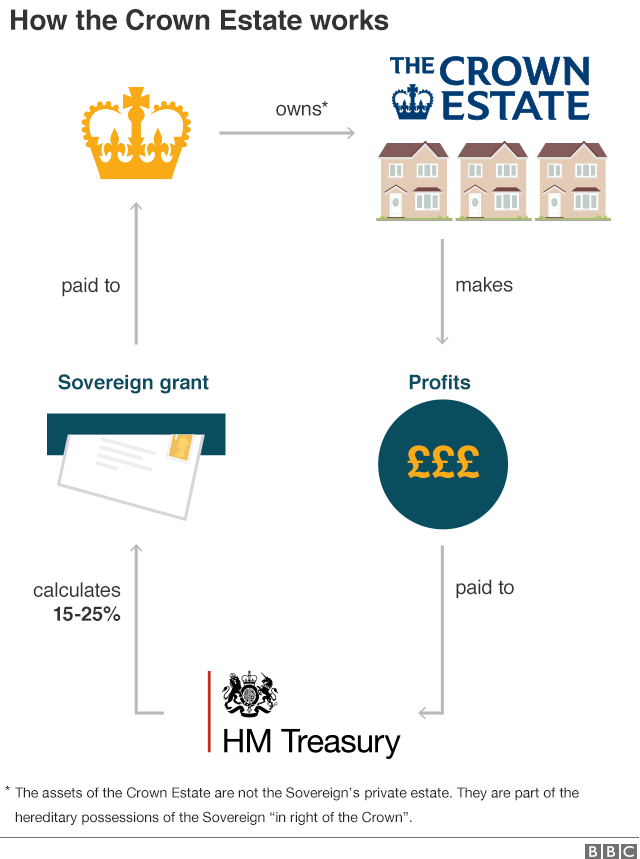

- Published20 June 2019
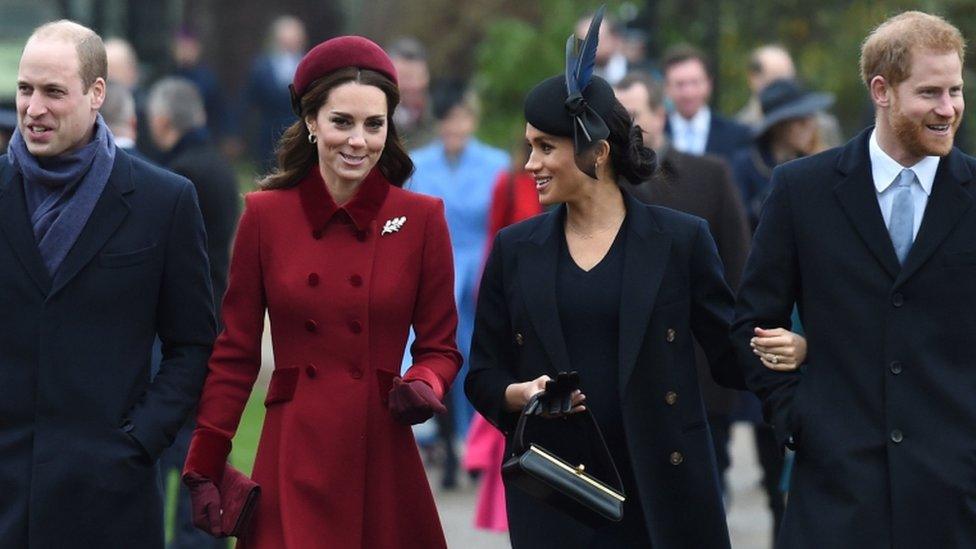
- Published5 April 2019
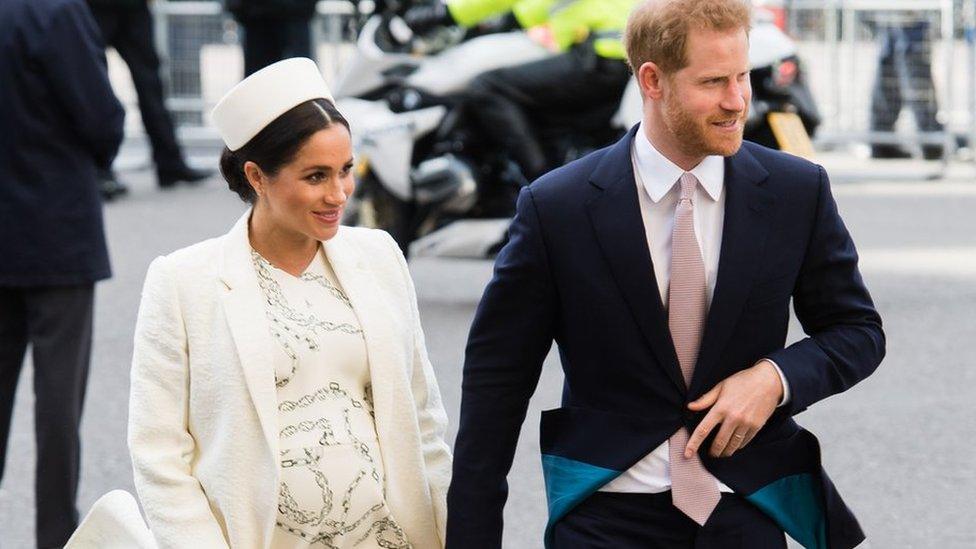
- Published4 April 2019
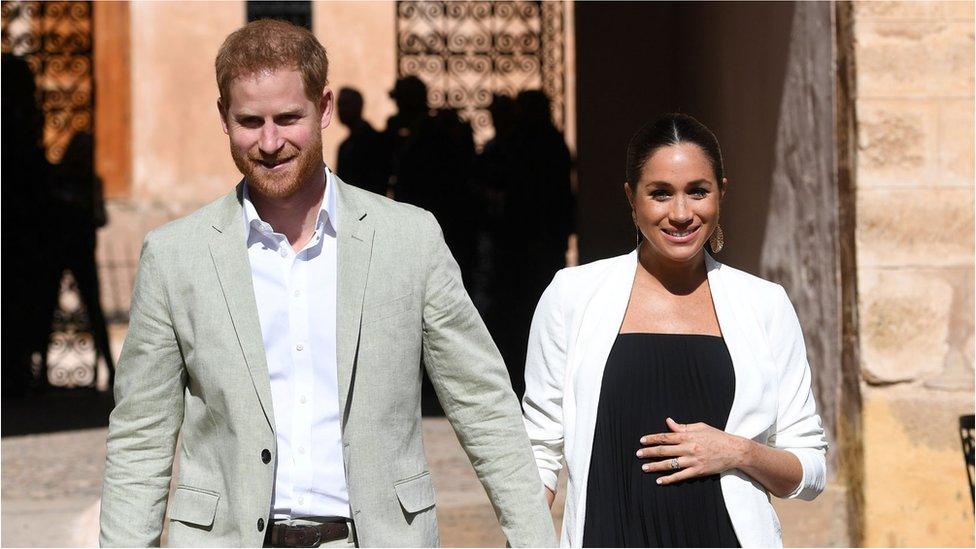
- Published28 June 2018

- Published15 March 2017
